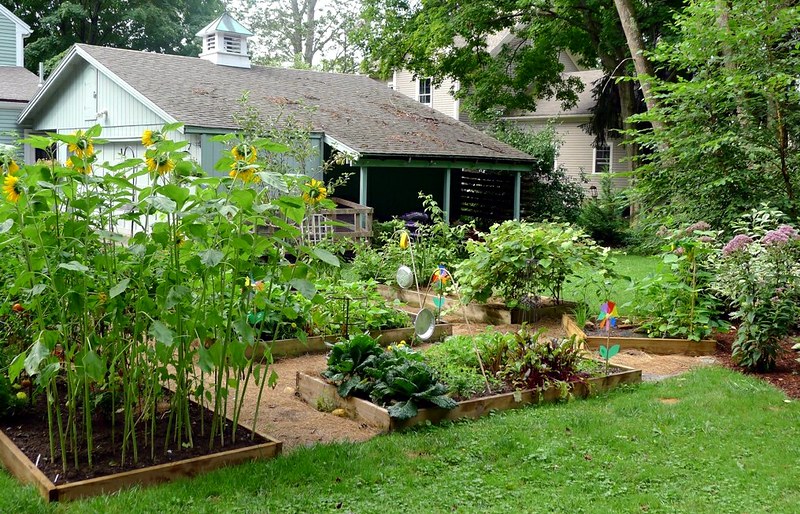In the world of homesteading, few methods of food preservation are as rewarding and practical as dehydrating fruits and vegetables. This process not only extends the shelf life of your fresh produce but also retains the essential nutrients, making it a favorite among homesteaders and health enthusiasts alike. Whether you’re new to homesteading or a seasoned pro, understanding the art of dehydration can elevate your food preservation game to a whole new level.

What is Dehydration?
Dehydration is the process of removing moisture from food, which inhibits the growth of bacteria, yeasts, and molds that contribute to spoilage. By reducing the water content, fruits and vegetables become shelf-stable and can be stored for extended periods without refrigeration.
Benefits of Dehydrating Fruits and Vegetables
There are numerous benefits to dehydrating fruits and vegetables:
- Longer Shelf Life: Dehydrated food can last for months, sometimes even years, when stored properly.
- Space Efficiency: Dehydrated foods take up less space, making them ideal for small storage areas.
- Nutrient Retention: Dehydration preserves the nutrients and flavors of fruits and vegetables.
- Cost-Effective: Preserving your own produce can save money in the long run, reducing the need to buy expensive off-season fruits and vegetables.
Methods of Dehydrating
Sun Drying
Sun drying is the most natural method of dehydrating fruits and vegetables. It requires high temperatures, low humidity, and plenty of sunshine. This method works best for fruits like grapes, apricots, and tomatoes.
Oven Drying
Oven drying is a convenient method for those without a dehydrator. Set your oven to the lowest temperature and spread the produce in a single layer on a baking sheet. This method is suitable for a wide range of fruits and vegetables.
Using a Dehydrator
A food dehydrator is a popular choice for many homesteaders. It allows control over temperature and airflow, ensuring consistent results. Dehydrators are especially useful for homestead gardening enthusiasts who want to preserve large batches of produce.
Steps to Dehydrate Fruits and Vegetables
Selection and Preparation
Choose ripe, unblemished fruits and vegetables. Wash them thoroughly and cut them into uniform pieces to ensure even drying.
Pre-Treatment
Some fruits, like apples and pears, benefit from pre-treatment to prevent browning. A quick dip in lemon juice or a solution of ascorbic acid can help maintain their color.
Drying Process
Arrange the produce in a single layer on drying trays. Monitor the drying process closely, rotating the trays if necessary. This ensures even dehydration.
Testing for Dryness
Properly dehydrated fruits should be leathery and pliable, while vegetables should be brittle. Test a few pieces before concluding the drying process.
Storage Tips
Store your dehydrated produce in airtight containers in a cool, dark place. For best results, consider vacuum sealing the produce to extend its shelf life further.
Creative Uses for Dehydrated Produce
Dehydrated fruits and vegetables are versatile. They can be rehydrated for use in soups, stews, and casseroles or enjoyed as snacks on their own. Additionally, they can be ground into powders for flavoring or nutritional supplements.
Common Mistakes to Avoid
Ensure that produce is completely dry before storing to prevent mold growth. Avoid overloading drying trays, which can hinder airflow and lead to uneven drying.
Why Homesteaders Love Dehydrating
Dehydrating is an essential skill for anyone interested in self-sufficiency and sustainable living. It’s a practical way to make the most of your harvests and reduce food waste.
Conclusion
In conclusion, dehydrating fruits and vegetables is a valuable technique for preserving the harvest. Whether you’re a seasoned homesteader or just starting your journey, mastering this skill can help you make the most of your homegrown produce. For more insights on homesteading techniques, visit backyard homestead ideas.

FAQs
Can all fruits and vegetables be dehydrated?
Most fruits and vegetables can be dehydrated, but some require special preparation or pre-treatment.
How long does dehydrated produce last?
When stored properly, dehydrated fruits and vegetables can last for months or even years.
Is a dehydrator necessary?
While a dehydrator offers convenience and control, it’s not necessary. Oven or sun drying are viable alternatives.




